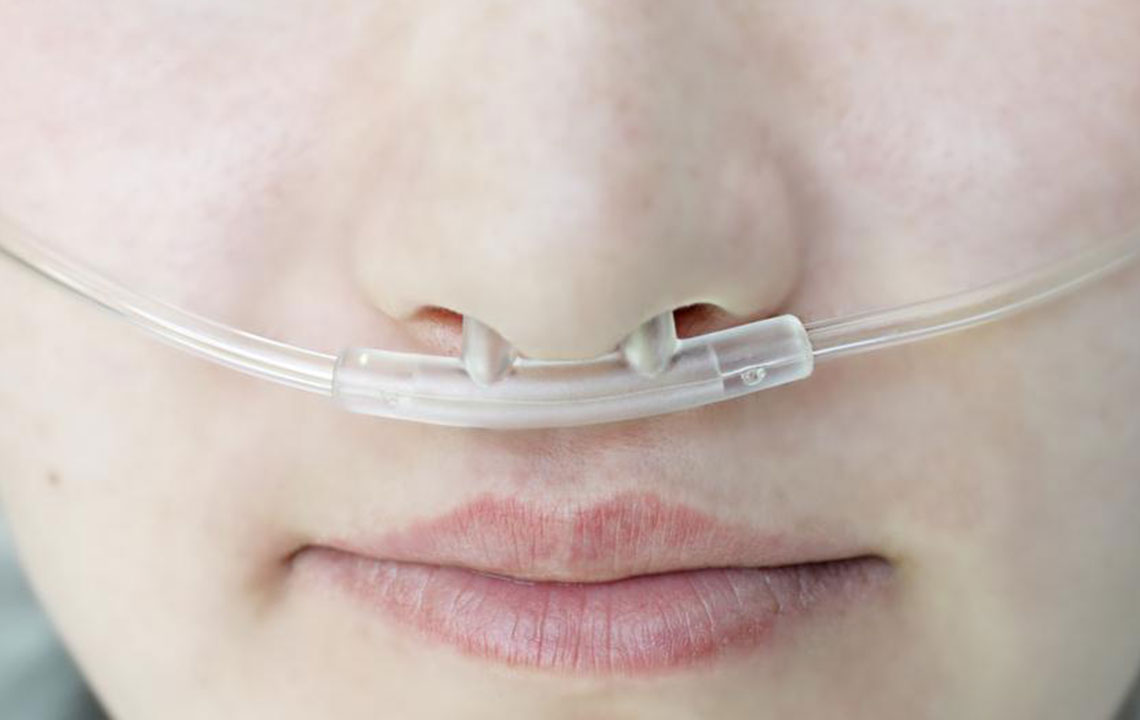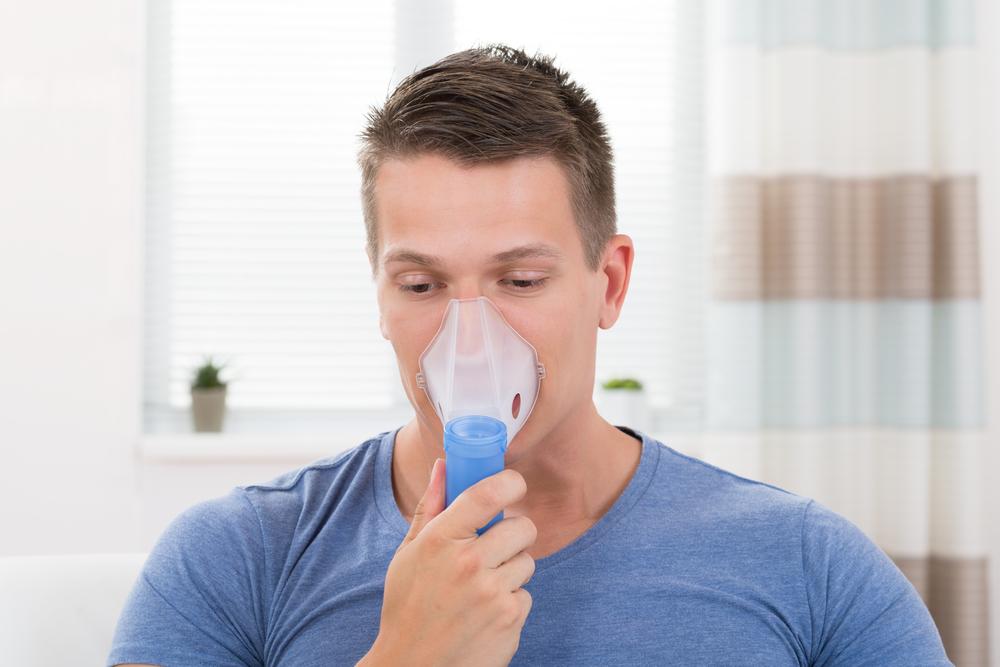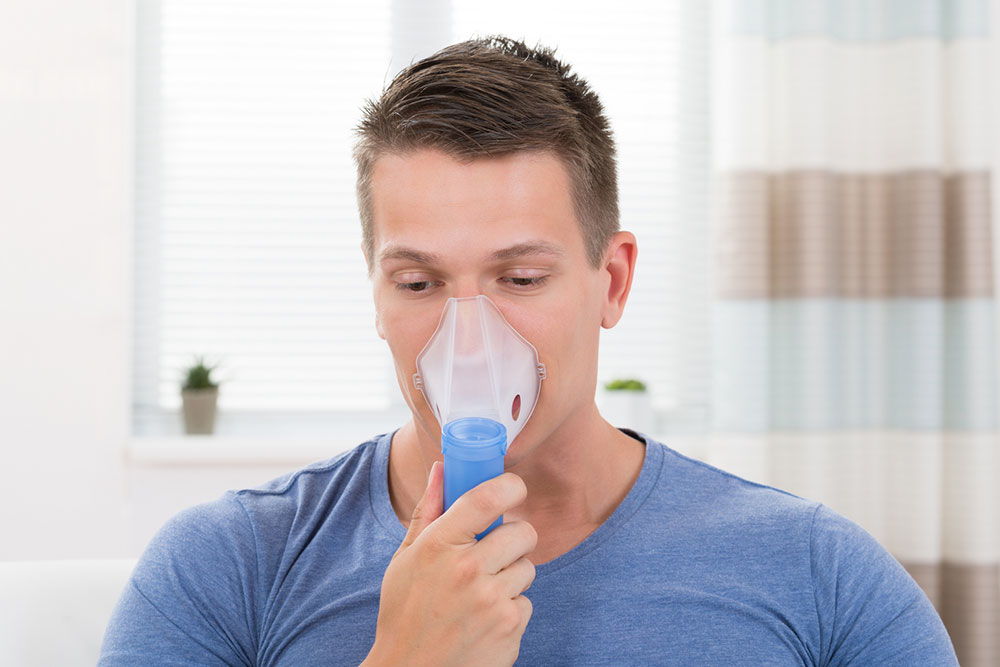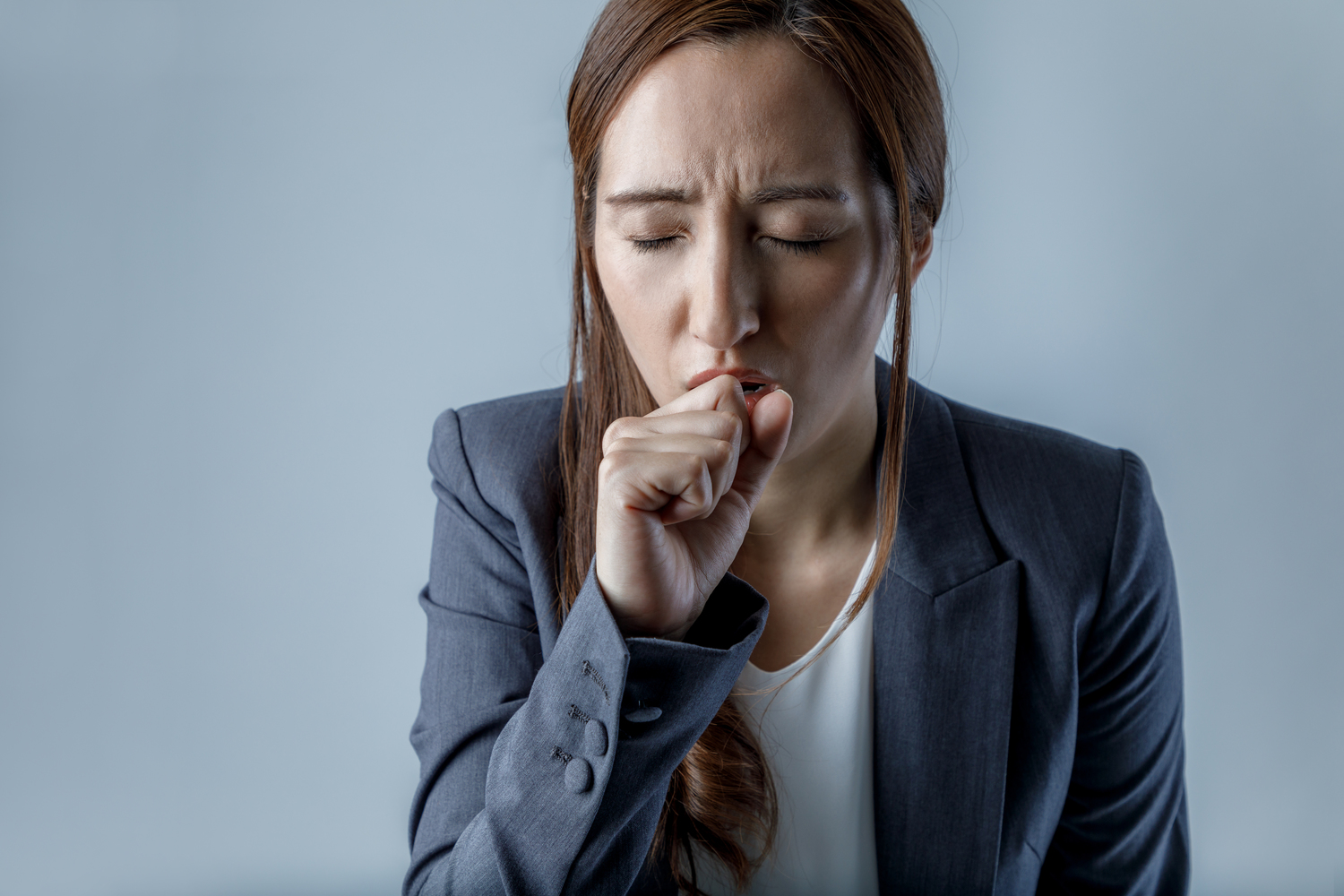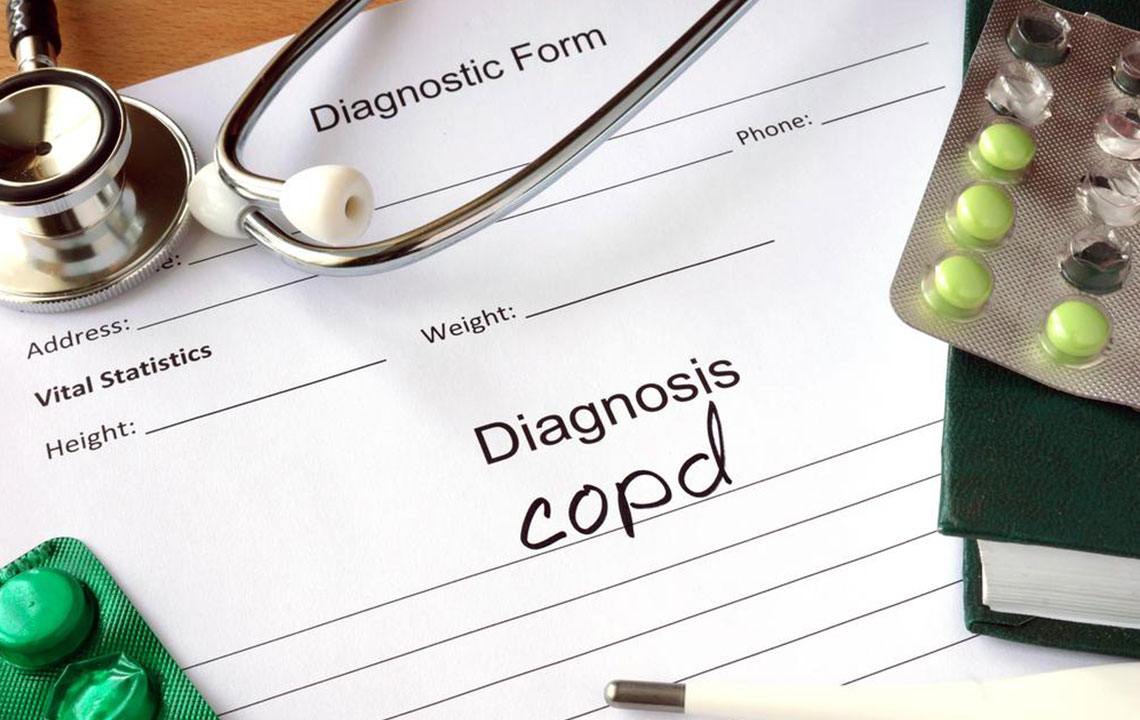Understanding COPD: Symptoms, Causes, and Treatment Options
This article explores COPD, highlighting its causes, typical symptoms, and treatment strategies. It emphasizes early diagnosis and management to improve patient quality of life, discussing medications, oxygen therapy, and lifestyle modifications essential for controlling the disease and preventing complications.

Understanding COPD: Symptoms, Causes, and Treatment Options
Chronic Obstructive Pulmonary Disease (COPD) is a complex respiratory condition characterized by airflow limitation due to lung tissue damage. It often arises from prolonged exposure to irritants like cigarette smoke, pollution, or genetic factors. In COPD, the airways become inflamed and mucus production increases, leading to reduced lung elasticity. As the disease progresses, patients experience difficulty breathing, lung infections, and reduced oxygen levels in the blood. Early signs include persistent cough, wheezing, and shortness of breath. Treatment focuses on reducing symptoms, preventing further damage, and improving quality of life through medications like bronchodilators and corticosteroids, oxygen therapy, and lifestyle changes. Severe cases may require hospitalization, respiratory therapy, or surgical interventions. Regular medical check-ups help manage the condition effectively.
Chronic Obstructive Pulmonary Disease
Symptoms and Treatment
Respiratory Health

